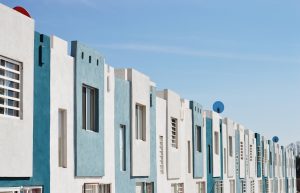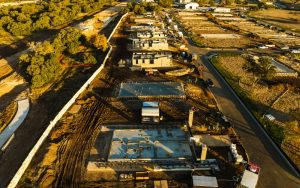To begin a design, start with the big picture. Prioritise your needs, desires and would-be-nice-to-haves. Establish either a set of design parameters that must be fulfilled or a budget that must not be exceeded; ie. either you want your dream home or you want to work to a budget…the two seldom match so one or the other needs to be flexible if you want to avoid frustration, disappointment and/or financial ruin.
Even if you are designing the house yourself, it is a good idea to write a brief – state your objectives in as much detail as you have conceived them, and then prioritise them. More than just functional spaces (3 bedrooms, open plan living, etc.), state what you would like to achieve in terms of views, maintenance, privacy, light and shade, warmth and coolness, at what times of year and day, for this person and that person, for now and the future…whatever is important to you. This brief can evolve, and likely will, as you delve deeper into the project but it can be invaluable to help keep you on track when the going gets tough or looks expensive.
This is where the big picture is helpful…if you want a house that is “light and airy,” remember that when you are faced with saving a couple of thousand dollars by having low ceilings. If you want “low maintenance,” remember that when you’re designing an uncovered deck for stargazing. It’s very possible that parts of your brief will conflict with other parts – that’s ok at this early stage, there’s time to work through that – write them down anyway.
You can do anything within reason and most problems can be overcome; solve those problems based on what is important and not necessarily what is easiest if it compromises your big picture.





